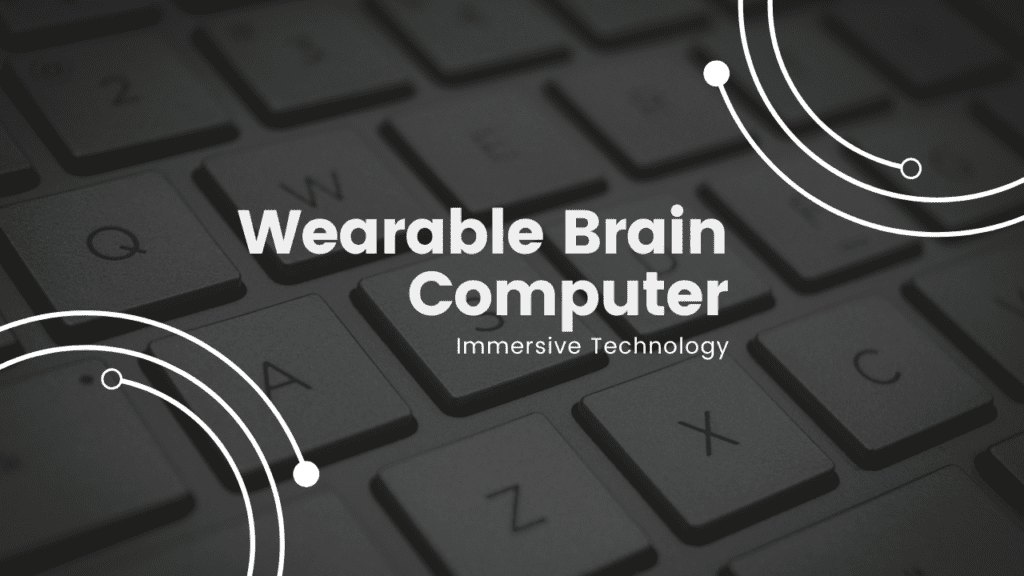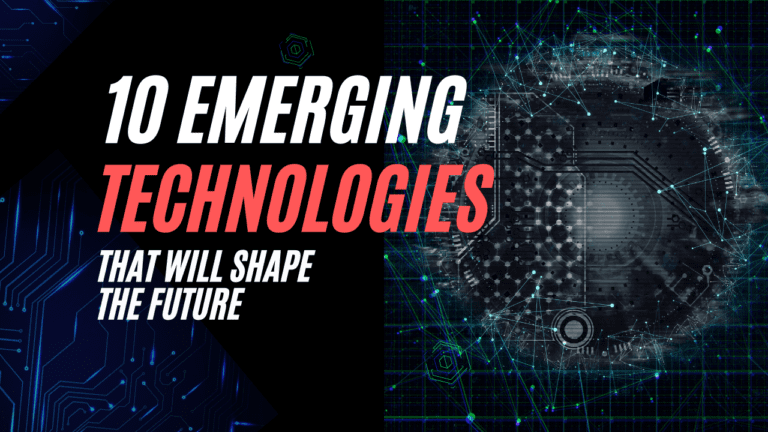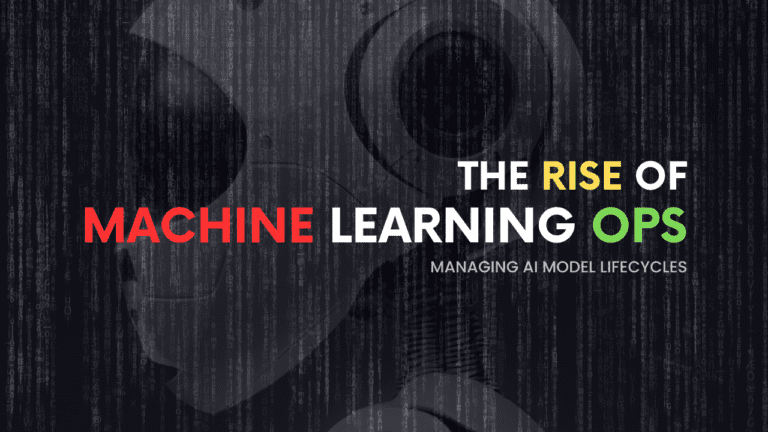Wearable Brain-Computer Interfaces – Immersive Technology

The world glimpsed the phenomenal promise of brain-computer interface (BCI) technology when a paralyzed man using an experimental neural implant system from Neuralink was able to tweet simply by thinking this past year.
While still extremely nascent, rapid progress in wearable sensors, edge computing, and neuroscience research now brings user-ready BCI devices with breakthrough applications tantalizingly close in the 2020s timeframe.
Brain-Computer interfaces
Brain-computer interfaces establish direct communication pathways between the human brain and external technology systems. BCIs use non-invasive sensors worn as headbands or helmets to detect neural activity patterns associated with user intentions – whether imagining body movements, interpreting visual cues, or processing emotions.
Smart algorithms then translate these biosignals into control commands directing assistive robots, internet-of-things systems, vehicles, digital avatars in metaverse worlds, or even surgical instruments through mere thought.
The no-touch interaction paradigm promises to revolutionize everything from gaming and augmented reality to restoring mobility for the severely disabled or precision neuro-responsive prosthetics changing lives – much as touchscreens once did. Leading technologists already consider wearable BCIs among the holy grail of immersive technologies.
CURRENT STATE OF BCI TECHNOLOGY
Though Seymor Cray’s visionary 1977 quote foretelling mind-controlled human-computer symbiosis seems prescient, BCIs remain largely confined to clinical and laboratory settings presently requiring wired electrodes surgically implanted into the brain.
But less invasive progress accelerates on multiple fronts now as brain-scanning EEG headsets like Facebook’s Project Jarvis research let wearers type just by thinking of letters floating randomly on screens with remarkable speed and accuracy. Consumer-grade EEG neural headsets translating moods into shareable colorscapes emerge too.
Powerful machine learning model breakthroughs also enable decoding imagined speech from neural signals while DARPA’s HAPTIX program seeks to wirelessly connect prosthetic limbs directly to peripheral nervous systems – omitting cumbersome motorized harness contraptions for amputees. Musk’s own demo of a monkey playing video games with its mind portends rapid animal-to-human- trials.
INDUSTRY DISRUPTIONS ANTICIPATED
As neural interface hardware, biosignal libraries, and intent-prediction pipelines mature entering 2025, multiple industry categories face intriguing disruptions including:
- Gaming & Entertainment – Thought-based immersive controller-less interactions in virtual worlds
- Health & Wellness – Restoration of mobility, communication, and autonomy for the disabled
- Design & Productivity – Mind-manipulated 3D modeling, parametric CAD, and rapid digital prototyping
- Defense & Aerospace – Telepresence drones, augmented marksmanship efficiency, and enhanced soldier situational awareness during high-risk missions
Yet developers must safeguard user privacy as brain data in downstream analytics pipelines provoke intensified ethical concerns over consent, security, and behavioral manipulation at scale. Policy debates around access rights, integration permits, and mental privacy seem imminent as applications expand.
The brain-computer interface genie let loose from the bottle cannot be sealed again. But collectively orienting this immensely powerful technology towards human augmentation and societal upliftment rather than amplifying existing inequities remains paramount.
Read More:






